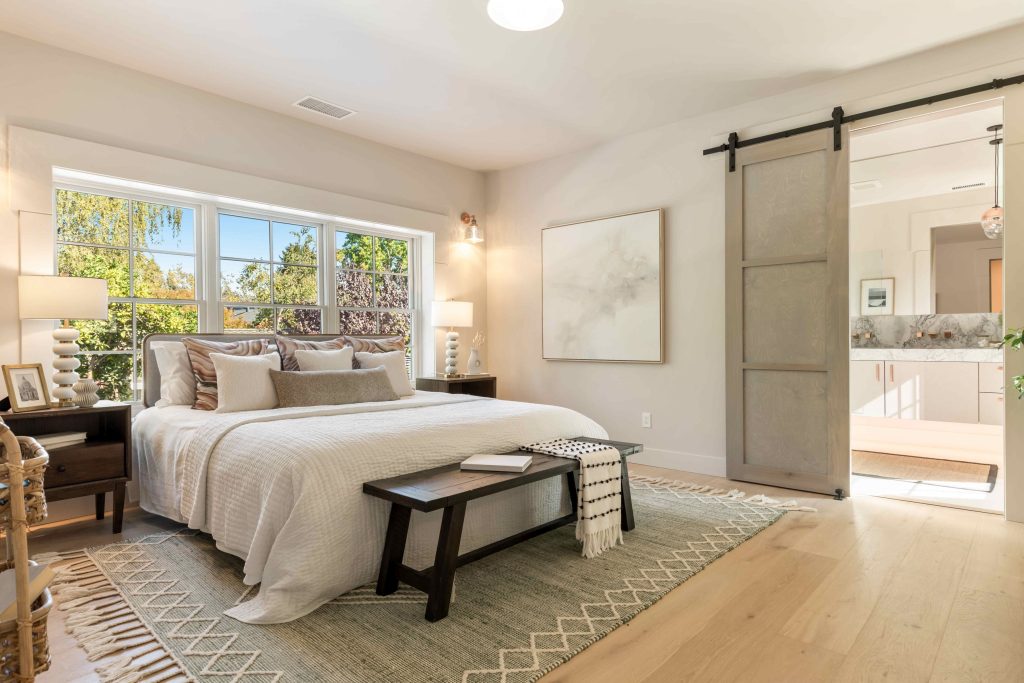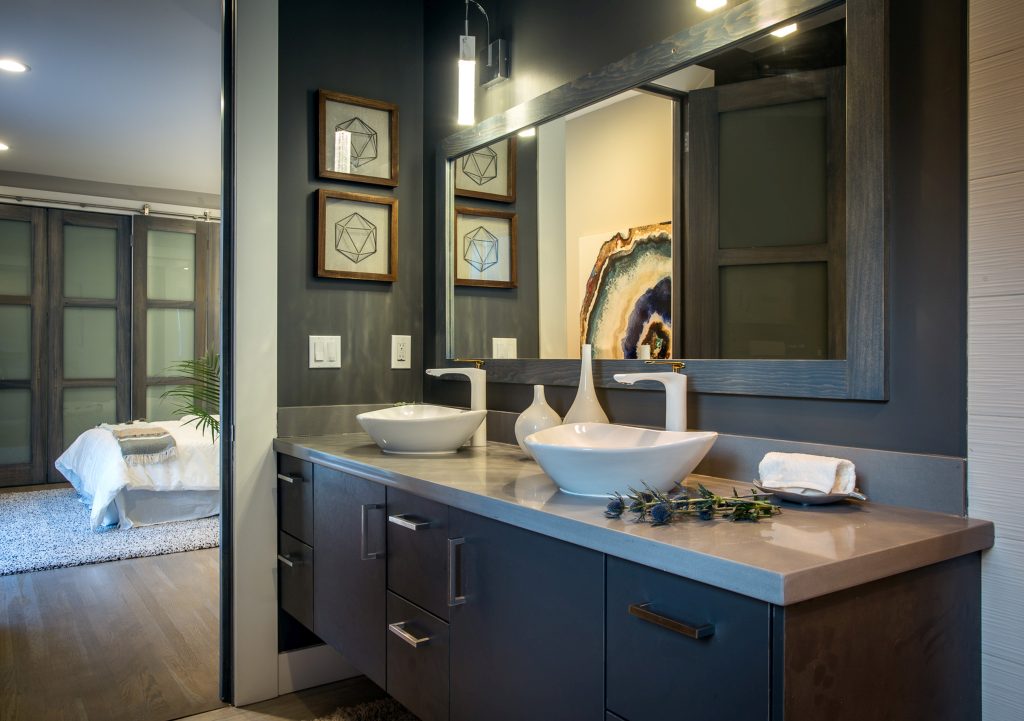When purchasing a home, whether new or old, prospective buyers often seek assurance that the property is structurally sound and safe. This is where the expertise of a structural engineer becomes invaluable. Structural engineers play a crucial role in home inspections, assessing the integrity of the building’s foundation, framework, and overall structural elements. This article delves into what exactly structural engineers do during home inspections, highlighting their importance in ensuring the safety and longevity of residential properties.
Understanding the Scope of Home Inspections
Home inspections conducted by structural engineers are comprehensive assessments that go beyond the superficial aspects visible to the untrained eye. While a general home inspector may evaluate the overall condition of the property, including plumbing, electrical systems, and HVAC, a structural engineer focuses specifically on the structural components. These include:
- Foundation: Assessing the condition of the foundation is critical as it supports the entire structure. A structural engineer will inspect for cracks, settlement issues, water damage, and the overall stability of the foundation.
- Load-Bearing Walls and Columns: Examining walls and columns to ensure they are capable of supporting the weight of the structure without excessive deflection or signs of stress.
- Roof Structure: Inspecting the roof framing to ensure it is adequately supported and not compromised by structural deficiencies or improper construction.
- Floors and Ceilings: Checking for signs of sagging, unevenness, or structural inadequacies that could indicate problems with the load-bearing capacity or structural integrity.
- Exterior Walls and Siding: Evaluating the condition of exterior walls and siding for signs of damage, deterioration, or structural issues that could compromise the building envelope.
The Role of Structural Engineers in Assessing Safety and Compliance
One of the primary responsibilities of a structural engineer during a home inspection is to assess whether the property meets safety standards and building codes. They evaluate the structural components against local building regulations to ensure compliance and identify any deficiencies that need correction. This is particularly crucial in regions prone to seismic activity, where structural integrity can mean the difference between safety and disaster.
Structural engineers also consider environmental factors and the geographical location of the property. For instance, homes in coastal areas may require additional scrutiny for wind load resistance and corrosion protection, while those in colder climates need assessments for snow load capacities.
Diagnostic Tools and Techniques
To conduct a thorough assessment, structural engineers utilize a variety of diagnostic tools and techniques:
- Visual Inspection: A detailed visual examination of structural elements to identify visible signs of damage, deterioration, or improper construction practices.
- Structural Analysis: Using structural engineering principles and calculations to evaluate the load-bearing capacity and structural performance under different conditions.
- Non-Destructive Testing (NDT): Techniques such as ultrasound, ground-penetrating radar, and infrared thermography may be employed to detect hidden defects or anomalies without invasive methods.
- Computer-Aided Design (CAD) and Modeling: Utilizing digital tools to simulate structural behavior and analyze potential modifications or improvements.
These tools allow structural engineers to provide accurate assessments and recommendations for repairs or improvements that may be necessary to ensure the home’s structural integrity.
Communicating Findings and Recommendations
After completing the inspection, a structural engineer prepares a detailed report outlining their findings, conclusions, and recommendations. This report is essential for informing homeowners, buyers, real estate agents, and contractors about the condition of the property’s structure. It may include:
- A summary of observed defects or deficiencies.
- Prioritized recommendations for repairs or corrective actions.
- Estimated costs and timelines for necessary improvements.
- Documentation of compliance with building codes and safety standards.
The report serves as a valuable tool for decision-making, guiding homeowners in negotiations, renovation planning, or ensuring that new constructions meet regulatory requirements.
The Impact of Structural Engineering Expertise
In essence, the role of a structural engineer in home inspections is pivotal in safeguarding the investment and well-being of homeowners. Beyond assessing structural integrity, their expertise contributes to the longevity and safety of residential properties. Whether evaluating an older home for potential issues or providing assurance for a newly constructed property, structural engineers bring peace of mind through their specialized knowledge and rigorous evaluation processes.
Conclusion
In conclusion, the involvement of structural engineers in home inspections cannot be overstated. Their role extends beyond mere assessment to ensuring the safety, durability, and compliance of residential structures. By meticulously examining foundations, load-bearing elements, and overall structural integrity, they provide essential insights that guide homeowners and buyers in making informed decisions.
For those seeking to secure their investment with the assurance of structural excellence, consider the expertise of Anura Design. With a commitment to precision and innovation, Anura Design transforms challenges into opportunities, ensuring that every structural assessment meets the highest standards of safety and quality.



